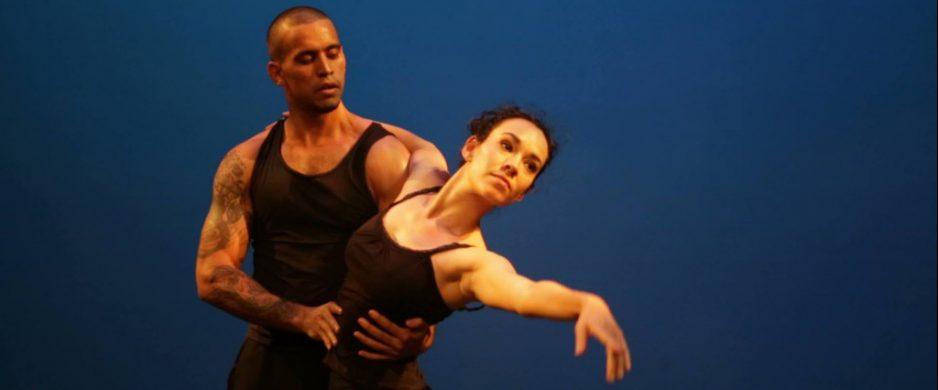Home | Blog | Gary Lang NT Dancers
Gary Lang NT Dancers
The Gary Lang NT Dance Company in rehearsals for MOKOI. Photographer: Naina Sen
Location of present blog-the tropics. I have come to Darwin to experience the wet (season). I am here on research for a work in collaboration with Gary Lang, the first ever Northern Territory and first ever Indigenous Australia Council for the Arts Dance Fellow.
Gary is in the middle of rehearsals for his latest work Mokoi. Mokuy is a Yolngu word for spirit. Gary’s work is about what happens after a person passes.
He speaks passionately of his work and his dancers work with passion to help realise his vision. Kathy Young is his new spirit, she has an ethereal quality as do all of the dancers, a company of 6, who possess a hyper mobility. This is a result, in part, of the training. Each class is designed to stretch the muscles of the dancers to the limit in preparation for Gary’s partner work , which is delicate, intricate, extensive and very demanding.
While sitting down to coffee before class, waiting in anticipation to bend my relatively unyeilding body, still smarting from the routines of the previous day, which take place from 6.30-8.30pm, four nights a week, with open classes scheduled for Sunday and Monday, Gary talks of his plans for Mokoi, which will premiere in full at the Darwin Entertainment Centre (where he is current dance resident) as part of a new festival held in May titled Garrmalang. Among the lineup are the Chooky Dancers, a Yolngu contemporary company from Elcho Island who meld their cultural gesture with a mixture of line dancing and hip hop hall style.
Gary plans to work with two Yolngu songmen from Yirrkala, creating a song cycle especially for the work in conjunction with a violinist. Watching the fluidity of movement, the balletic quality and thinking of the pairing with classical and Yolngu sounds, this will be an exciting development in indigenous contemporary movement. Gary is used to being inventive, in a previous work, Goose Lagoon, Gary collaborated with Erth Physical Theatre working with large puppets to tell a modern Swan Lake based on his local Larrakia lore.
Gary certainly contributes significantly to the contemporary indigenous dance community, by choosing to work from balletic foundations of movement, rather than the modernist jazz of Bangarra Dance Theatre or the several modern and contemporary styles that underpin my work. He is challenging our perceptions of what it is to be a contemporary indigenous dance maker. The big question being, does something have to look indigenous, does it have to include well trodden motifs in order to be valid?
I have explored the parameters of indigenous dance in the past by utilising my contemporary language to express non indigenous themes. Both Gary and I regularly use both indigenous and non indigenous dancers in our casts. The dancers I choose, as with Gary’s, are sensitive and work with great integrity to create a truly unique voice.
In order to more fully appreciate all that indigenous dance has to offer we need to be exposed to a variety of voices. I truly hope this work enjoys a season or two down south in the future. Meanwhile, if you are planning to take a trip to the tropics anytime soon drop in on one of Gary’s classes.
by Vicki Van Hout

